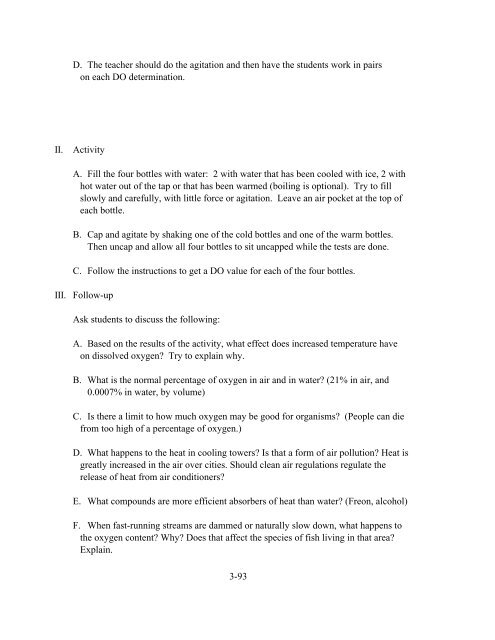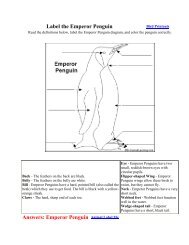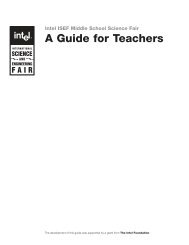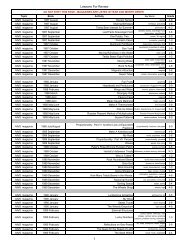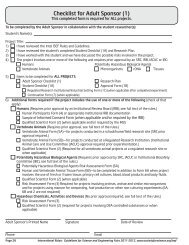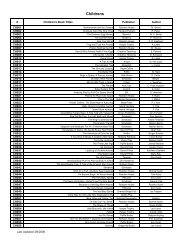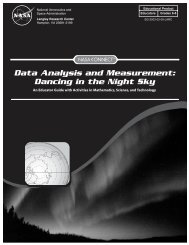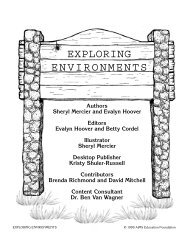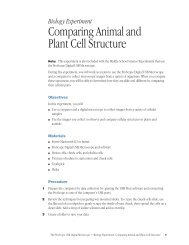BIOGRAPHY OF A RIVER
BIOGRAPHY OF A RIVER
BIOGRAPHY OF A RIVER
Create successful ePaper yourself
Turn your PDF publications into a flip-book with our unique Google optimized e-Paper software.
D. The teacher should do the agitation and then have the students work in pairson each DO determination.II.ActivityA. Fill the four bottles with water: 2 with water that has been cooled with ice, 2 withhot water out of the tap or that has been warmed (boiling is optional). Try to fillslowly and carefully, with little force or agitation. Leave an air pocket at the top ofeach bottle.B. Cap and agitate by shaking one of the cold bottles and one of the warm bottles.Then uncap and allow all four bottles to sit uncapped while the tests are done.C. Follow the instructions to get a DO value for each of the four bottles.III. Follow-upAsk students to discuss the following:A. Based on the results of the activity, what effect does increased temperature haveon dissolved oxygen? Try to explain why.B. What is the normal percentage of oxygen in air and in water? (21% in air, and0.0007% in water, by volume)C. Is there a limit to how much oxygen may be good for organisms? (People can diefrom too high of a percentage of oxygen.)D. What happens to the heat in cooling towers? Is that a form of air pollution? Heat isgreatly increased in the air over cities. Should clean air regulations regulate therelease of heat from air conditioners?E. What compounds are more efficient absorbers of heat than water? (Freon, alcohol)F. When fast-running streams are dammed or naturally slow down, what happens tothe oxygen content? Why? Does that affect the species of fish living in that area?Explain.3-93


